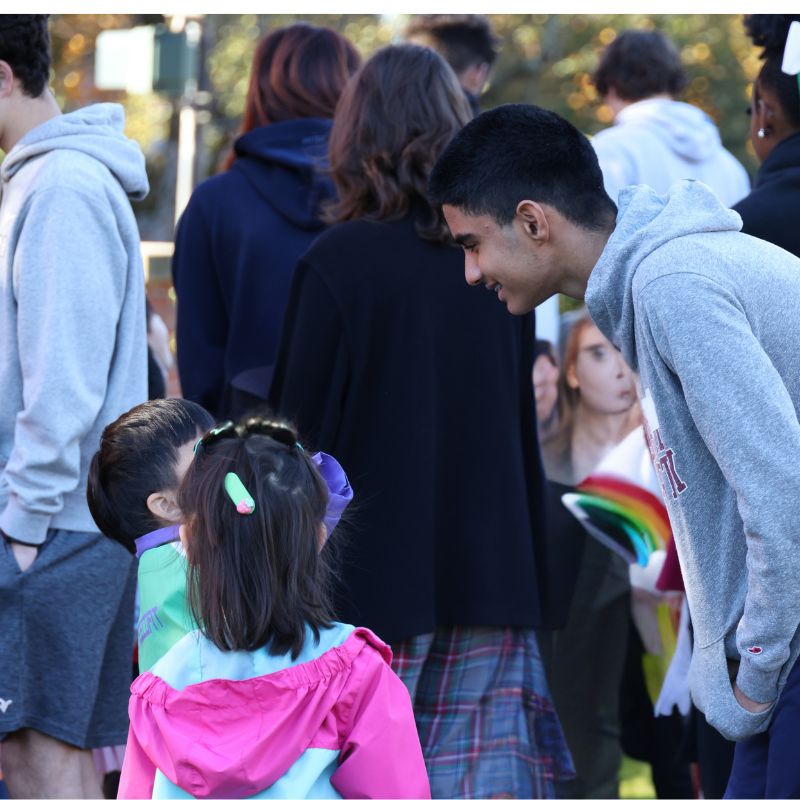
Midway through the 2017-2018 academic year, the administration replaced traditional detentions with “In-School Community Reengagement,” or ISCRs.
This new system falls under the category of “restorative discipline,” which has been gaining popularity in recent years.
In a recent article for Edutopia, educator Marieke van Woerkom explains that this approach is “proactive and supportive as much as it is responsive. It aims to create conditions in which issues are less likely to arise, and in which, when they do arise, we have the connections and skills needed to handle them and restore the community as needed.”
Over a year after the policy was implemented, teachers and students are wondering how often disciplinary procedure is enforced, and if ISCRs are more or less effective than detentions.
ISCRs are meant for minor infractions, such as consistent tardiness, dress code violations, using profanity, skipping lunch duty, or failure to follow off-campus rules. For more serious violations, students can still earn a Saturday detention or out-of-school suspension.
After a student receives a referral from a faculty member, they may perform activities such as cleaning classrooms, helping out a teacher, or shelving books in the library during a free periods.
Dean of Students Paul Murray reports that the new system is working well, even though it creates more work for him. He prefers an ISCR to a traditional detention because, he says, “it creates a level of meaning and purpose behind the discipline as opposed to a random, reflexive response.”
Murray also reports that there have been around 20 percent more ISCRs issued this year than detentions last year. However, he does not attribute this change to an increase in bad behavior, but instead to teachers being more willing to issue community service.
Despite occasional criticism that the new system does little to discourage rule-breaking, Murray maintains that “doing something to help the community that you have hurt nudges you back towards our expectations and standards.”
























































